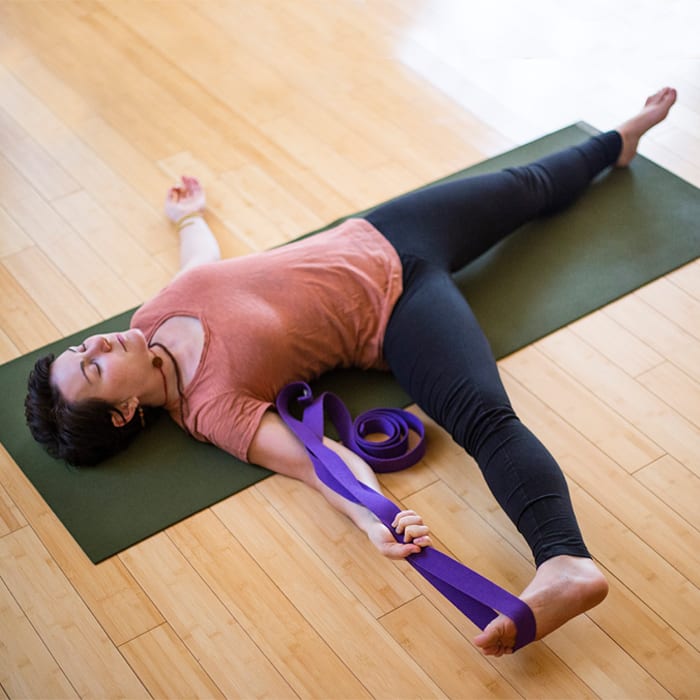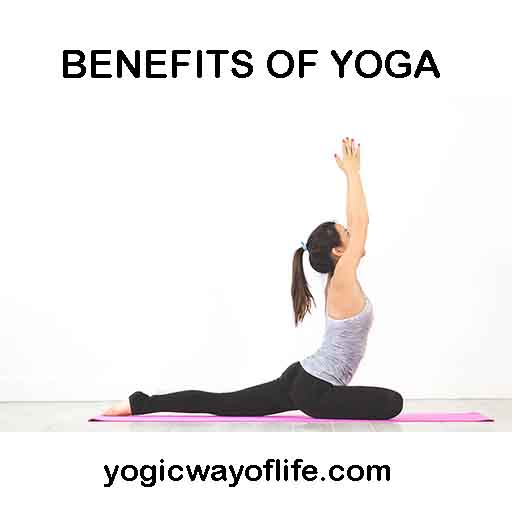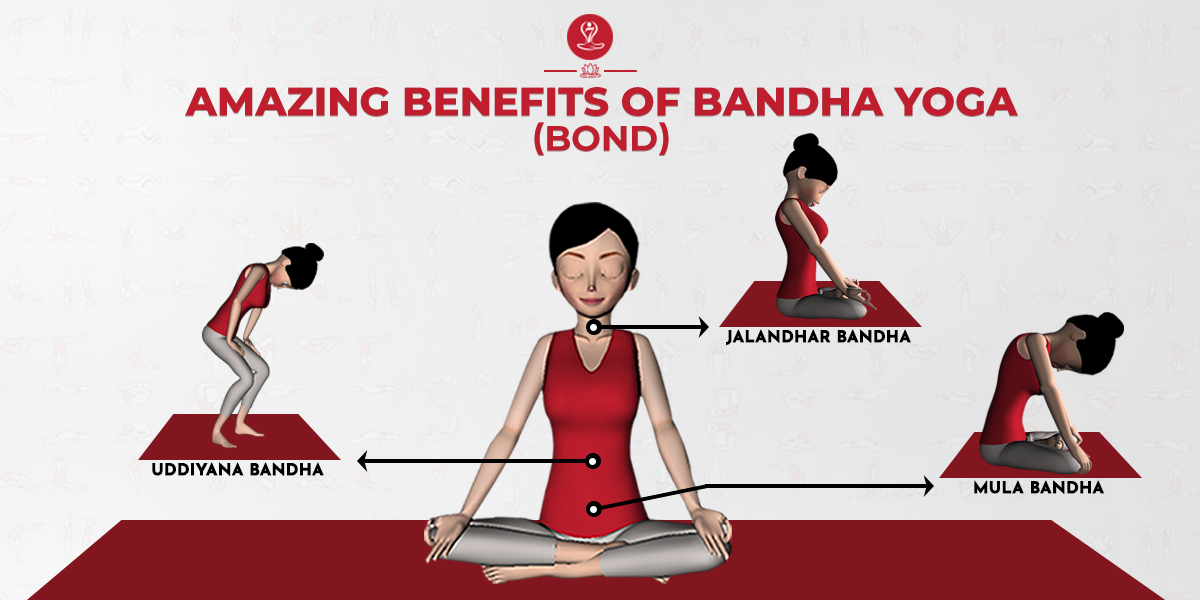
While headstands make for an excellent workout, it is important to remember some key points before you start. There are many risks and incorrect techniques can cause injury. To avoid these, practice slowly and make sure you are checking in with your body regularly. To learn proper technique, it is a good idea to practice against a wall.
Benefits
Headstands are a great way strengthen your core and relieve tension in the neck and shoulders. They increase your stamina while also increasing your upper body strength. Headstands improve blood flow, which is great for your skin. Headstands can also improve blood flow and lymphatic function, which will help flush out toxins.
You should start your headstands by touching the mat. You can use a yoga strap to do this. The strap will help increase your strength and protect your elbows. You can then gradually bend your knees to bring them into your chest.
There are always risks
Headstands are dangerous due to their force and high momentum kick-up and kick down. These positions can cause severe injuries to the neck and head. The safest way to exit a headstand is to slow down and symmetrically draw your feet down and knees into your chest. It is important to keep the neck flexible.

Improperly performing a Headstand can cause injury to your neck and shoulders. An incorrect technique could lead to a disc herniation. This happens when the soft jelly of the spinal column pushes upwards through a crack. These injuries can lead to neck pain and numbness. High blood pressure and glaucoma patients should not practice headstands.
Techniques
There are many ways to do headstands. But, there are some that work best when supported by a wall. This supports your head while you are lifting your head off the floor. You will also learn how to use the upside-down position. These are some ways to practice when trying to get into headstand.
First, you need to cross your arms and place your hands above your forearms. This will prevent your arms and fingers from moving forwards. It is also important to maintain your core while attempting a headstand. If you do not, your chances of sustaining neck injury are too high.
Safety
It is important to pay attention when performing a neckstand. Incorrect neck flexion may cause injury. Researchers studied data to determine peak cervical spine extension for various phases during a headstand. The entry phase was the most vulnerable. This may discourage practitioners from using this position.
To get out of a standing headstand, you should slowly lower your head. The easiest and most secure way out is to bring your legs and knees in towards your chest, keeping your arms straight. Keep pressure on the neck. While headstands can be safely performed, it is important to follow proper technique.

Recommendations
Headstands are an exciting and rewarding addition to any yoga routine. Although they can offer many benefits and give you a sense of accomplishment it's important that you practice them with care. Proper technique, such as headstands, is crucial. They require all the muscles to be engaged.
Warm up and stretch before you attempt a headstand. A spotter can be helpful to encourage you and remind you to breathe. Instructors may also recommend using yoga blocks and feet-up trainers.
FAQ
Are yoga mats expensive?
A high-quality, high-quality yoga pad costs between $20 and $100, depending upon its size and the type of material.
What happens if you do yoga every day?
You will feel calm, relaxed and centered. It improves balance, posture, and flexibility.
You become more aware how your body feels as you move. This awareness helps you to be more mindful and aware of your own body.
Yoga can help you improve your concentration.
Your mind will be sharper and clearer. It calms the nervous system. It lowers stress levels. It also gives you a sense if peace and well being.
Can I take classes with others?
It depends on the class. Some teachers only offer private lessons. Others offer group classes where you can meet other students in the class.
Some studios even offer small groups called "classes within a class," where you'll be paired with another person who shares similar interests and goals.
Are women able to do yoga?
Absolutely! Women should feel free to try out yoga regardless of their gender.
There are many different styles of yoga for men and women alike.
How does yoga change your body?
Yoga helps you to relax and stretch. It can also make you feel great. This is because yoga improves flexibility and strength and reduces stress. This results in better sleep, increased concentration, and more energy.
Yoga improves blood flow and makes it less likely that you will get the flu. This is due to the fact that yoga allows you to breathe deeply, increasing oxygen supply to your brain.
Yoga is a great way to relieve tension and pain. The postures are good for strengthening muscles and joints.
For your happiness and health, it is important to practice yoga regularly.
What foods are best to avoid after I do yoga?
You may experience a decrease in energy levels if you avoid certain foods. It could also cause you to feel bloated. You may feel tired after practice.
Does yoga have side effects?
Yoga, like all types of exercise, has its own risks. The most serious risk is injury. It is important to know how to safely perform each pose.
Yoga can make you dizzy or faint if your first time doing it.
This is caused due to blood clotting in your brain. But don't worry; the sensation disappears quickly.
Do not hold your breath if you feel chest pains while performing downward-facing dogs. You'll only increase your heart rate and make things worse.
Statistics
- About one in seven U.S. adults practiced yoga in the past 12 months, according to a 2017 national survey. (nccih.nih.gov)
- According to the Agency for Healthcare Research and Quality, falls are incredibly common among older adults in nursing facilities. Even the simplest ones can increase the risk of death (24). (healthline.com)
- According to calorie estimates calculated at Harvard Medical School, the average 125-pound person burns about 120 calories in a half hour of hatha yoga, and a 185-pound person burns about 178 calories in that half hour. (everydayhealth.com)
- The people in the yoga group were 37 percent more likely to have quit smoking by the end of the 8-week program. (nccih.nih.gov)
- A 2020 review of 27 studies (1,805 total participants) of yoga interventions in children or adolescents found reductions in anxiety or depression in 70 percent of the studies, with more promising results for anxiety. (nccih.nih.gov)
External Links
How To
Is yoga a good fitness exercise?
Yoga isn’t only for those looking to lose weight. Yoga can help you improve flexibility, balance and coordination as well as strength, focus, calmness, and coordination.
Yoga isn’t just exercise. Instead, it’s an art form. The poses can be used to relax or meditate. They improve posture, concentration, and respiration.
Yoga is a practice of yoga. Yogis follow various forms of yoga, including Hatha, Ashtanga, Iyengar, Vinyasa, Bikram, Kundalini, Yin Yang, and Restorative.
There are many kinds of yoga. However, all share similar goals. Each type focuses differently on health and wellbeing. You can choose from meditation, pranayama or Hatha yoga.
You don't need any equipment for some yoga exercises:
-
Sun Salutation: This series of 12 postures begins with a forward bent, and then 10 additional poses.
-
Warrior Pose - While holding a stick or staff, a warrior pose is done.
-
Triangle Pose – To achieve this pose, you need to raise one leg and then bend at the knee.
-
Standing Forward Bend - This pose is performed by sitting on the floor with legs straight and then folding forward at the waist.
-
Seated Twist- This pose is performed while sitting on a seat or mat.
-
Cobra Pose - This pose is performed lying flat on your back with arms overhead.
-
Child's Pose - This pose is done while lying face up on the ground.
-
Cat/Cow Pose (Cat/Cow Pose) - This combination is similar to a cow or cat pose. While lying face down, raise your upper body off the ground. Now roll to your side, and then place your hands below your shoulders.
-
Head Tilt--This pose requires that you tilt your head back with your eyes closed.
-
Shoulder stand - This position involves standing straight up with your arms and feet raised above the head.
-
Tree Pose: This pose requires you to kneel on your knees, with your hands under your shoulders.
-
Bow Pose – Bend forward from the hips to complete this pose. Then, place your palms on top of the ground and bend forward.
-
Corpse Pose – This pose can be held for up to five minutes.
-
Mountain Pose- You can call this mountain pose because your spine is straight up and you are tall.
-
Legs up the Wall Pose: This pose requires that you hang upside-down on a wall.
-
Side Angle Pose – This is achieved by leaning against the wall and placing your right arm near the wall.
-
Plank Position - This position is achieved when you lie flat on your stomach and extend your left arm and right foot away from each other.
-
Bridge Pose - This pose is obtained by balancing on your elbows and toes.
-
Reverse Table Top - This position is achieved by lying on the stomach and reaching your arms towards your ceiling.
-
Handstand - This pose requires balance and strength. To do this pose, you can either hold yourself between two walls or a door frame.
-
Half Moon Pose - This pose is also known as Hero Pose. It is performed by standing on your hands and toes.
-
Headstand (or handstand) - This position requires balance and strength. This pose can either be performed on a wall or with a doorframe.
-
Forearm Balance -- This pose involves your forearms resting on top of a tabletop.
-
Spinal twist - This is a pose where your belly lies while your arms reach your arms.
-
Supported bound angle pose - This pose needs support and balance. You will need to find a sturdy object like a tree branch or an old beam to lean on.
-
Wide Leg Forward Fold - This pose is achieved by spreading your legs apart and touching your toes.
-
Single Pigeon Pose – This pose is similar the the wide leg forward fold, but has only one limb extended.
-
Extended Puppy Dog Pose - This pose is very relaxing. This is done by stretching your legs outwards and bending your knees.
-
Situated Forward Bend – This pose allows you to sit cross-legged while stretching your calves.
-
Crow Pose – This pose can be difficult but rewarding once you are able to master it. The trick is to raise your arms higher than your head and lower them so that they touch the ground.